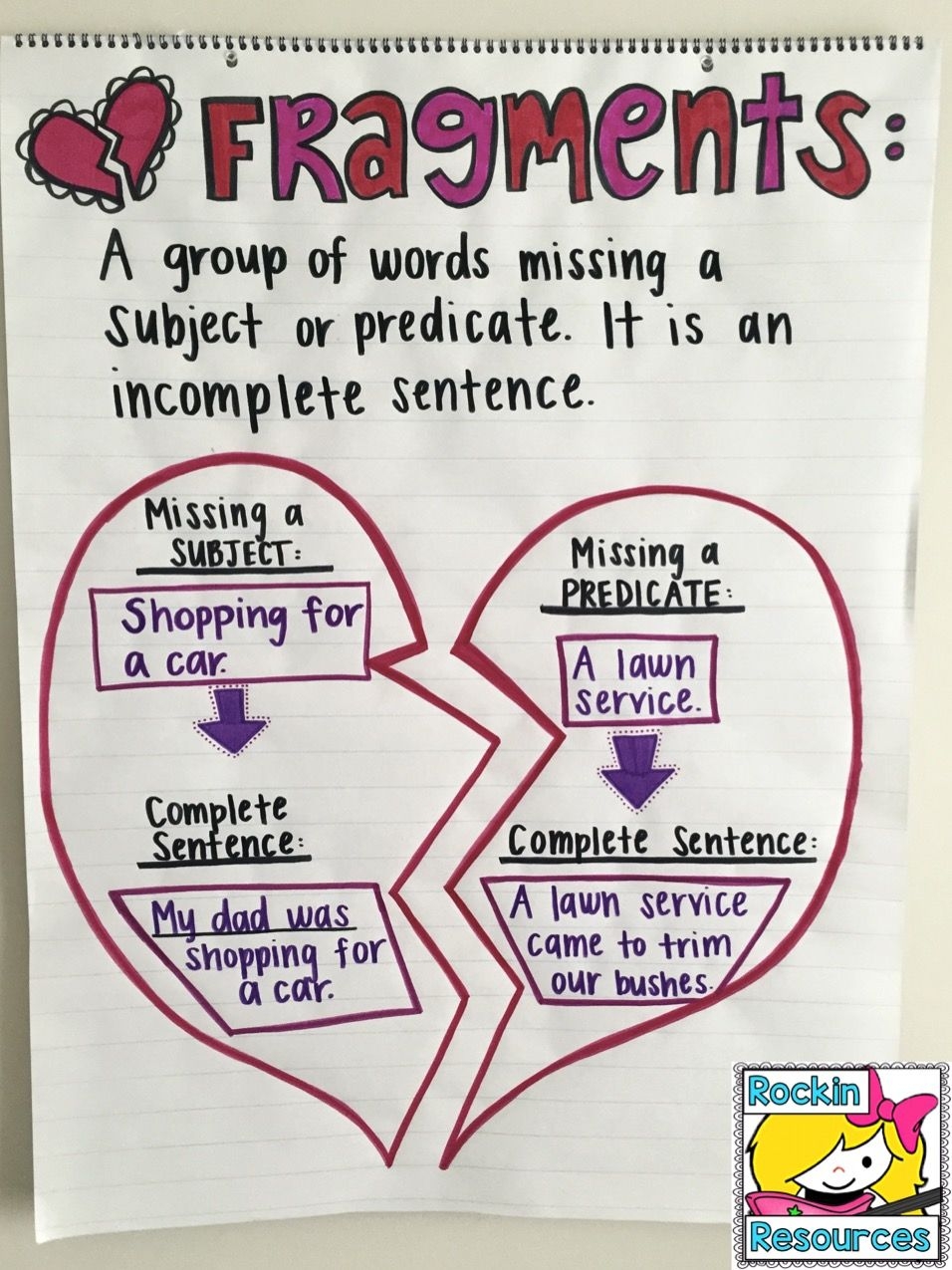When it comes to writing, one of the most important aspects to consider is sentence structure. Whether you are writing an essay, a report, or even a simple email, the way you construct your sentences can greatly impact the clarity and effectiveness of your message. Two common types of sentence errors that writers often encounter are complete sentences and run-on sentences.
Complete sentences are sentences that express a complete thought and contain both a subject and a predicate. They are grammatically correct and convey clear meaning to the reader. On the other hand, run-on sentences are sentences that string together multiple independent clauses without the proper punctuation or conjunctions. This results in a lack of clarity and can confuse the reader.
Complete Sentence vs Run-On
One of the key differences between a complete sentence and a run-on sentence is the presence of proper punctuation and conjunctions. In a complete sentence, each independent clause is separated by punctuation such as a period, comma, or semicolon. Additionally, conjunctions such as “and,” “but,” or “or” can be used to connect independent clauses in a clear and concise manner. This helps to organize the information and make the sentence easier to understand.
On the other hand, run-on sentences lack these necessary punctuation marks and conjunctions, leading to a jumbled mess of ideas. This can confuse the reader and make it difficult to follow the flow of the text. Run-on sentences often result in long, convoluted paragraphs that are hard to decipher. It is important for writers to be aware of this common mistake and take the necessary steps to correct it in their writing.
Another important aspect to consider when distinguishing between complete sentences and run-on sentences is the length and structure of the sentence. Complete sentences are typically concise and to the point, with each sentence expressing a single idea or thought. In contrast, run-on sentences tend to be lengthy and convoluted, packing multiple ideas into one long, confusing sentence. By breaking up run-on sentences into shorter, more digestible chunks, writers can improve the readability and clarity of their writing.
In conclusion, understanding the difference between complete sentences and run-on sentences is essential for effective writing. By using proper punctuation, conjunctions, and sentence structure, writers can create clear and coherent sentences that convey their message effectively. Avoiding run-on sentences will help to improve the overall quality of your writing and ensure that your message is communicated clearly to your audience.
